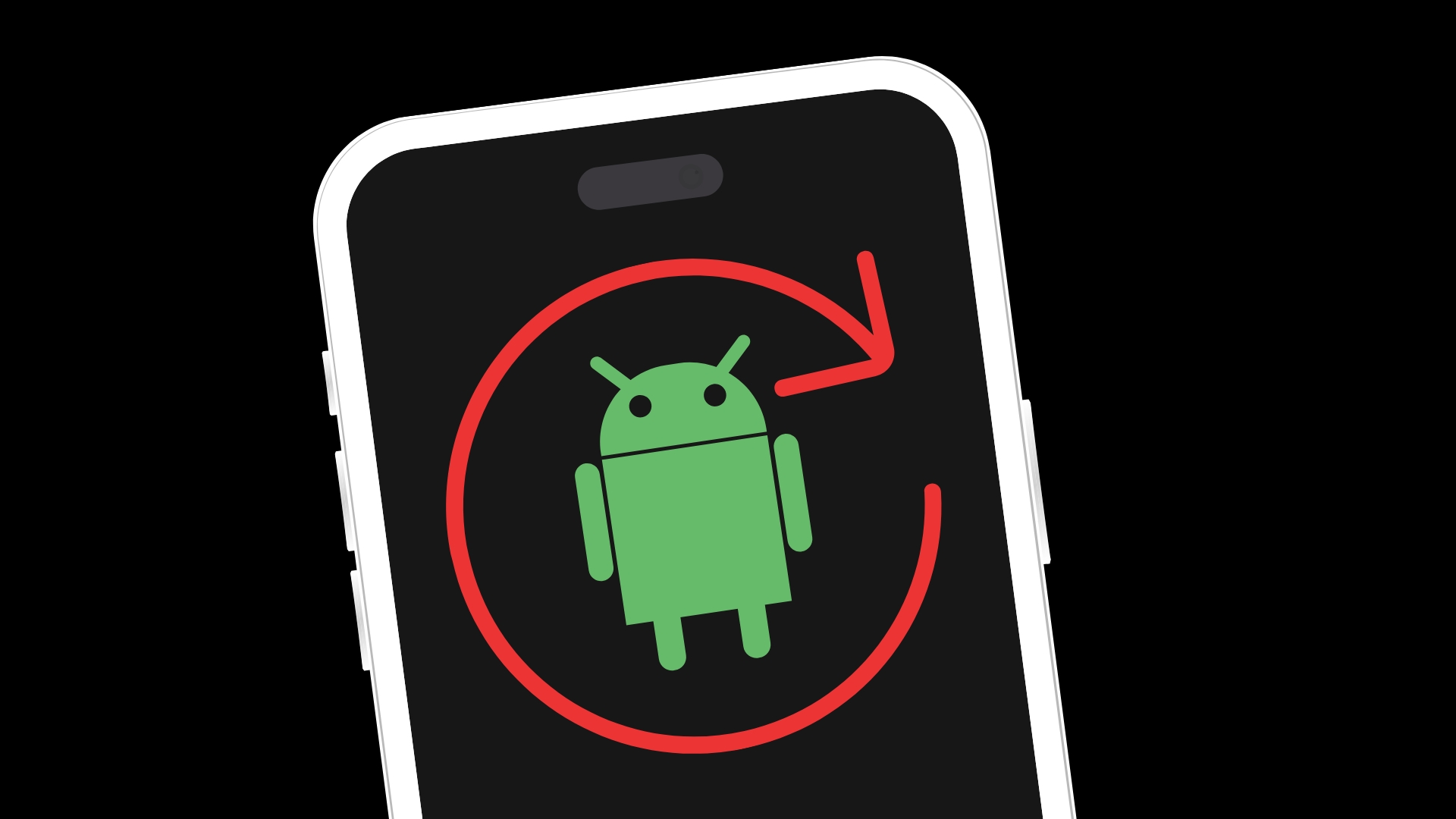Fast charging is a technology that allows smartphones and tablets to charge more quickly than traditional charging methods. Different devices might use different fast charging standards, such as QuickCharge and SuperVOOC, which means that not all fast chargers are compatible with all devices.
How does Fast Charging work?
Fast charging works by providing a higher voltage to the phone compared to a traditional charger. The main idea behind fast charging is to increase the amount of power that can be transferred to the device’s battery in a shorter amount of time.
However, this presents a challenge: simply applying a higher voltage to the battery could cause it to overheat, wear out quickly, or even explode in a fiery ball of toxic fumes.
To get around this, fast chargers intelligently communicate with your phone to make sure they’re always delivering exactly the right amount of power.
Here are those steps in a little more detail:
- Increased Power Delivery: Traditional chargers offer power at a rate of 5 watts (5W), but fast chargers can deliver much more — sometimes as high as 100W. This higher wattage means more energy is delivered to the battery in a shorter period, cutting down charge times to as little as 15 minutes.
- Communication Between Charger and Device: For safety and efficiency, the device and charger communicate to determine the maximum amount of power the device can handle. This ensures fast charging happens at a rate that’s quick but safe.
- Regulating Temperature and Voltage: Fast charging can lead to higher temperatures and long-term damage to lithium ion batteries, especially when there is a large amount of charge already stored in the battery.. Devices and chargers often have systems to manage this, adjusting the charging rate to keep your device safe and protected.
How fast is fast charging?
The speed of fast charging your phone depends on the technology built into your device. The fastest charging phones today can reach some incredible charge speeds, with many advertising that they can give you ‘up to 50% charge in as little as 15 minutes’.
But hang on a minute – why only 50%?
Because of how these chargers work, your phone will charge much more quickly when your battery is fully drained. You can think of it like pouring a drink to the very top of the glass: you can fill halfway pretty easily, but you’ll want to slow down almost to a drip as your glass gets closer and closer to being full. The difference is that your glass won’t catch fire.
What is a Watt, anyway?
With all the different numbers involved, charging can get a little confusing sometimes. Amps, miliamps, volts, and watts are all used to describe your charger’s capabilities.
A watt is a measure of energy per second, and so the ‘wattage’ of your fast charger will represent the maximum speed that electrical energy can be loaded up onto your battery.
Different Standards

There are various fast-charging standards, like Qualcomm’s Quick Charge, USB Power Delivery (USB-PD), and Oppo’s SuperVOOC – with certain brands like Samsung and OnePlus using adapted versions of the technology for even faster charging. Each has its unique way of delivering power quickly, but the basic principle remains the same: more power in less time.
A fast-charging phone will usually only be compatible with one of these standards, which means that when you buy a charger for your phone, you must make sure to buy the right one for your device.
Fast chargers are intelligent, so plugging in the wrong charger won’t damage your phone; but you’ll be stuck on the much slower, traditional charging speed.
Did you know?
Unlike fast charging, wireless charging is standardised globally. All recent wireless-charging smartphones use the QI wireless charging standard. That means that any wireless-charging phone will work with any wireless phone charger!
In summary
Fast charging is a convenient way to power up devices rapidly, ensuring you spend less time tethered to an outlet. However, it’s important to use compatible chargers and devices to ensure safety and efficiency.





